Family Glareolidae (Coursers, Pratincoles)
Posted: Tue Feb 26, 2013 5:12 pm
Glareolidae is a family of birds in the wader suborder Charadri. It contains two distinct groups, the pratincoles and the coursers.
The feature that defines the family from the rest of the order is the bill, which is arched and has the nostrils at the base. The pratincoles have short legs, long pointed wings and long forked tails. They have a buoyant flight that allows them the unusual (for the order) hunting technique of taking their insect prey on the wing like swallows. The wings also allow for long migrations in some species. The coursers have long legs, which are used to run (giving the group its name. The wings are shorter and have a more sustained flight than that of the pratincoles.
The pratincoles and coursers have an Old World distribution, occurring in southern Europe, Asia, Africa and Australia. The coursers inhabit are typically found in open and arid environments such as deserts and scrub. The Three-banded Courser and Bronze-winged Courser are exceptions, being found in woodland and usually away from open land. The subfamily is usually also associated with lowland areas, although the Burchell's Courser is found in southern Africa's Afro-alpine areas. The pratincoles are associated with wetlands, rivers, estuaries and other inland waterways.
Some species of pratincole are long-distance migrants. The Black-winged Pratincole migrates from the steppes of Eastern Europe and Central Asia to West and Southern Africa. The migration, which can measure 10,000 km in distance, is often undertaken as a single non-stop flight and is flown at high altitude.The coursers are fairly nomadic, but do not undertake long distance
Insects form the majority of the diet of the Glareolidae. The pratincoles forage mainly on the wing, but are able to take prey on the ground as well.
The feature that defines the family from the rest of the order is the bill, which is arched and has the nostrils at the base. The pratincoles have short legs, long pointed wings and long forked tails. They have a buoyant flight that allows them the unusual (for the order) hunting technique of taking their insect prey on the wing like swallows. The wings also allow for long migrations in some species. The coursers have long legs, which are used to run (giving the group its name. The wings are shorter and have a more sustained flight than that of the pratincoles.
The pratincoles and coursers have an Old World distribution, occurring in southern Europe, Asia, Africa and Australia. The coursers inhabit are typically found in open and arid environments such as deserts and scrub. The Three-banded Courser and Bronze-winged Courser are exceptions, being found in woodland and usually away from open land. The subfamily is usually also associated with lowland areas, although the Burchell's Courser is found in southern Africa's Afro-alpine areas. The pratincoles are associated with wetlands, rivers, estuaries and other inland waterways.
Some species of pratincole are long-distance migrants. The Black-winged Pratincole migrates from the steppes of Eastern Europe and Central Asia to West and Southern Africa. The migration, which can measure 10,000 km in distance, is often undertaken as a single non-stop flight and is flown at high altitude.The coursers are fairly nomadic, but do not undertake long distance
Insects form the majority of the diet of the Glareolidae. The pratincoles forage mainly on the wing, but are able to take prey on the ground as well.
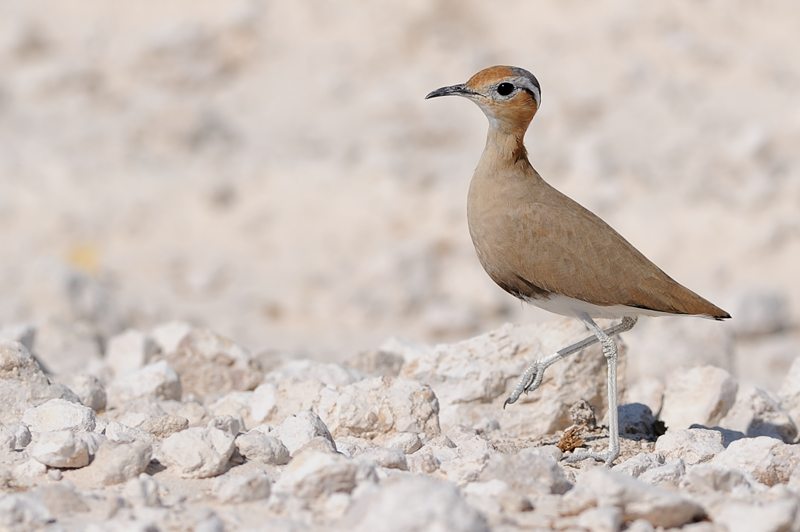 Dewi
Dewi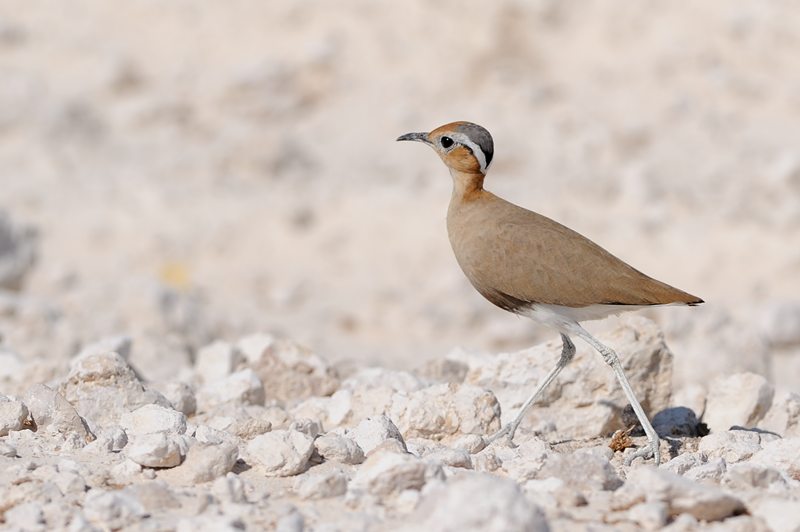 © Dewi
© Dewi © Dewi
© Dewi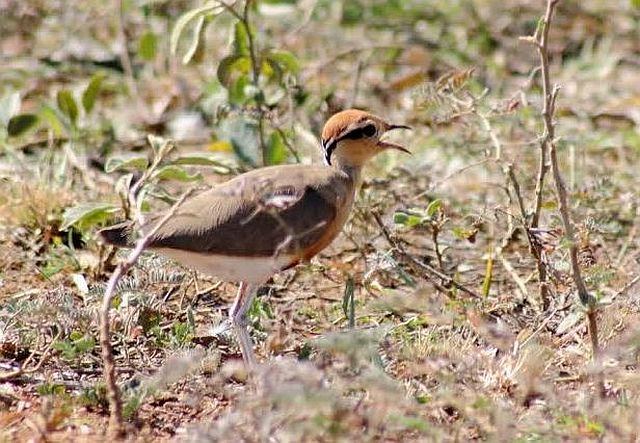
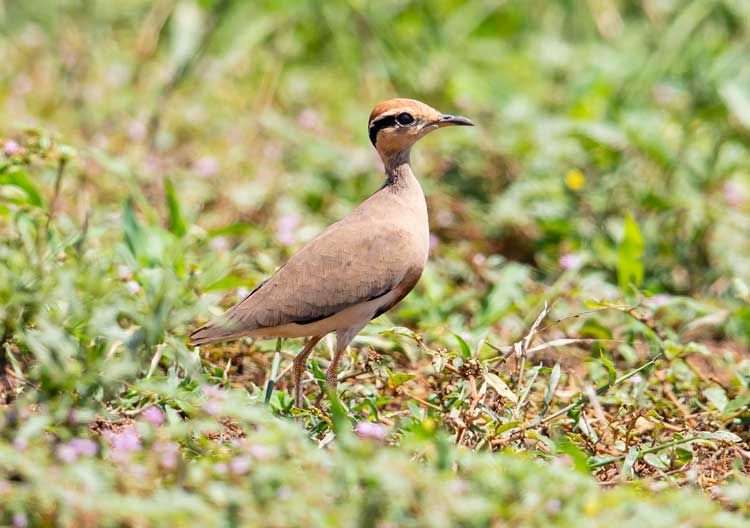 © Pumbaa
© Pumbaa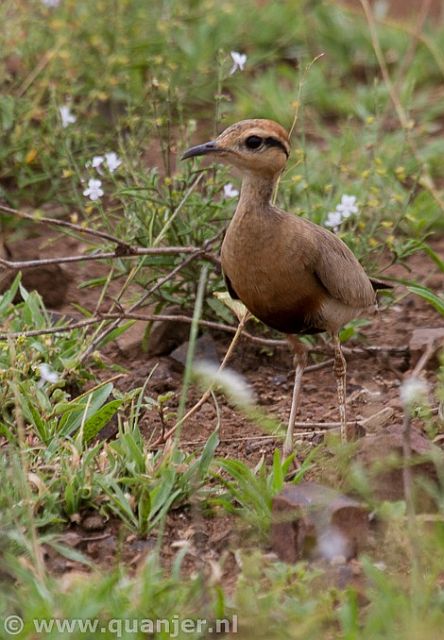 © Guinea Pig
© Guinea Pig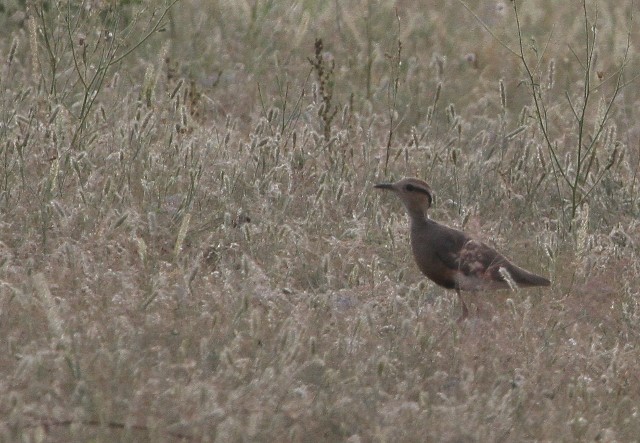 © nan
© nan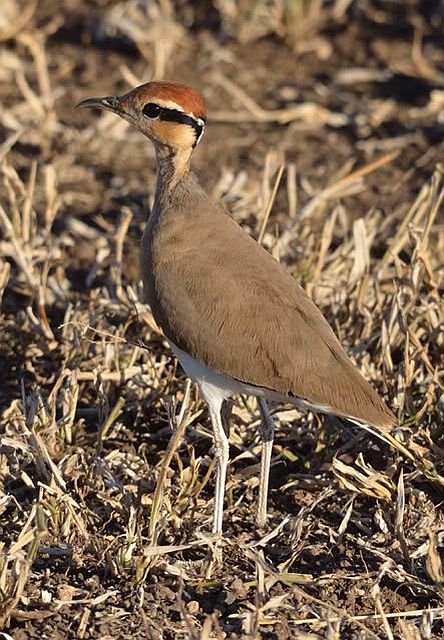 © BluTun
© BluTun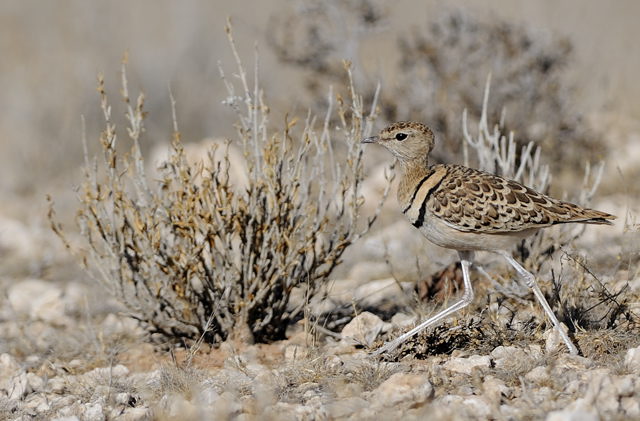
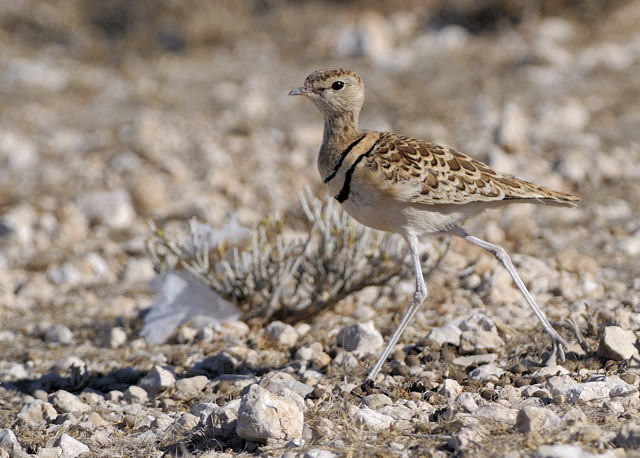 © Dewi
© Dewi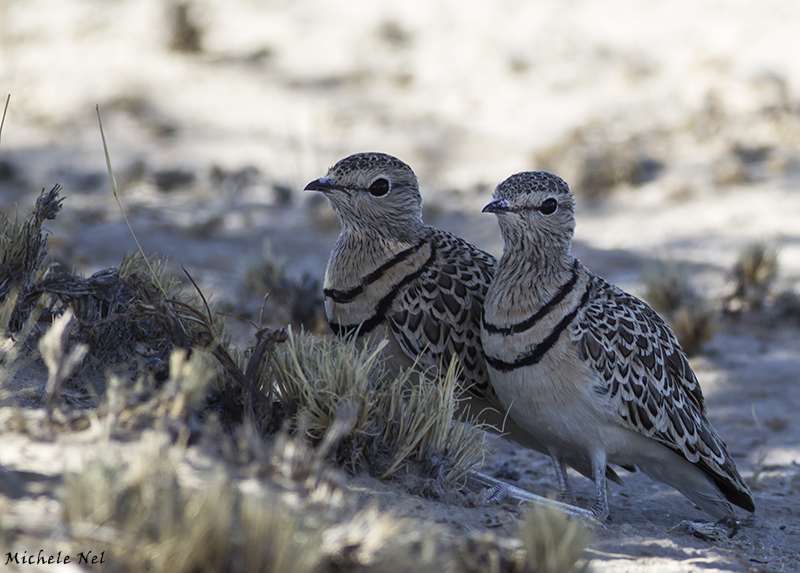
 © pooky
© pooky